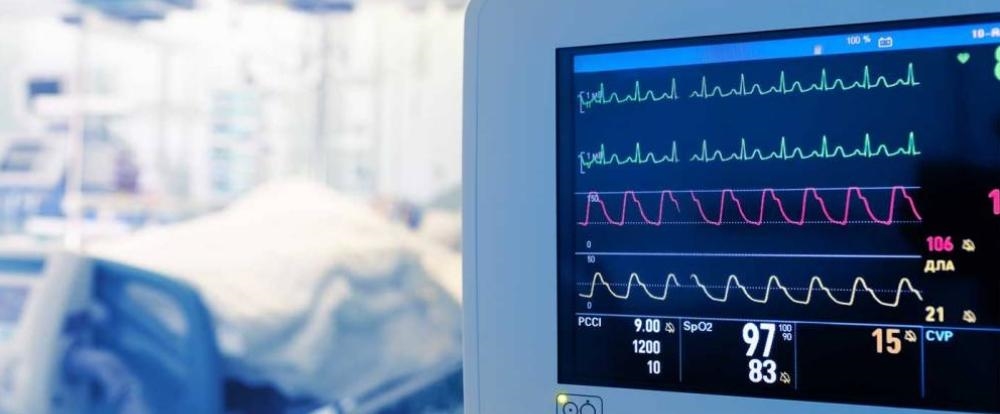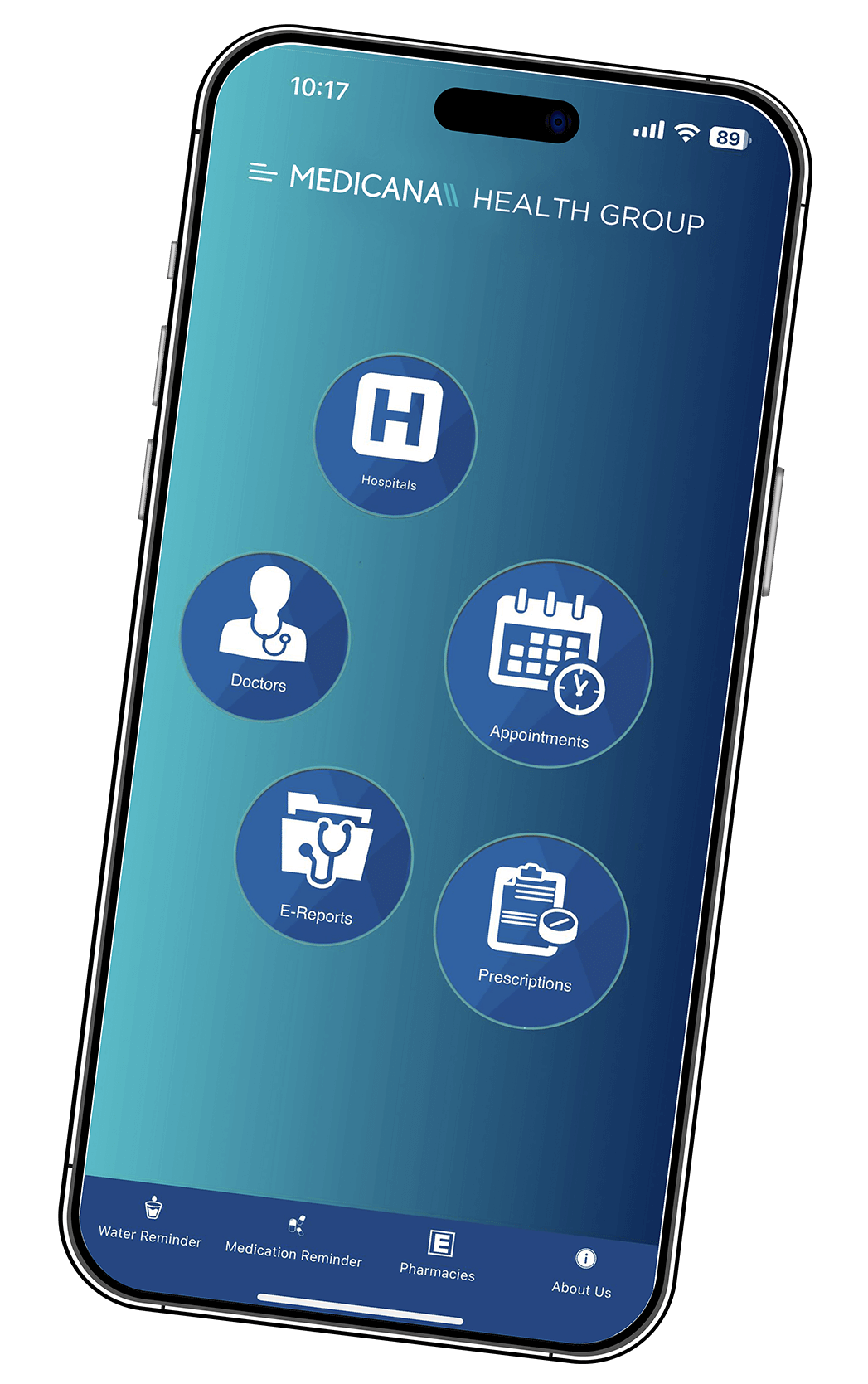Intensive Care

General Intensive Care
Except for the Neonatal Intensive Care Unit, Pediatric Intensive Care Unit, Coronary Intensive Care Unit, and Cardiovascular Surgery (CVC) Intensive Care Unit, the General Intensive Care Unit is the hospital department where adult patients with critical health conditions require intensive treatment and follow-up.
What is General Intensive Care?
In General Intensive Care Units, there are doctors, nurses, and technicians specialized in the field of intensive care and imaging equipment to monitor the condition of the patient, the interventions, and possible complications.
Patient isolation is critical since an infection will increase the life-threatening risk to patients treated in the hospital's intensive care units. For this reason, entrances and exits to intensive care units are inspected. Before their visit, patients' relatives entering the intensive care unit disinfect their hands and wear a surgical mask, hair cap, and a unique hospital shirt.
In Which Situations Is Intensive Care Needed? How Does the Treatment Process Go?
The common feature of patients in need of intensive care is that they are in fatal danger. These patients cannot be treated in other hospital departments and require critical interventions and intensive care.
Depending on the age of the patients and the nature of the problem they experience, the units where they receive intensive care may vary. Hospitals may have other specialized intensive care units besides the General Intensive Care Unit. These units may vary depending on the hospital. The situations where intensive care is needed and the information about the central intensive care units matching these needs are as follows:
Head and Body Traumas
Incidents that are frequently encountered in daily life, such as traffic, work, and home accidents, are essential conditions that require treatment in intensive care units, and they can cause head injuries and brain damage. Nutritional support should be given as early as possible after stabilization is obtained in general intensive care units for the person who has suffered a traumatic brain injury. In addition to treatment, neuroimaging devices are often used to monitor patients. Providing quality intensive care to patients with traumatic brain injury can save many lives. Body traumas other than head trauma may also require intensive care support.
Multiple Organ Failure and Sepsis
Since the vital organs of patients with multiple organ failure are damaged, patients need intensive care and life support units such as respirators and dialysis.
Another necessary condition that can cause organ failure is sepsis. Some bacteria can cause infection in the body, and if this infection is not treated, the body may overreact to the infection. This condition, which develops due to a disease spreading through the blood and creating chain reactions in the body, is called sepsis. When this situation is detected, the patient can be observed in intensive care units, and intravenous medication therapy can be administered. At this point, emergency intervention is life-saving.
Apart from sepsis, there are other conditions with a risk of organ failure. Among these conditions, surgeries, a history of heart disease, diabetes, cancer, kidney disease, a weak immune system, and low blood pressure can be counted. In case of organ failure, early diagnosis and treatment may allow minimizing the destruction of organ tissues.
Heart Diseases
The Coronary Intensive Care Units of hospitals deal with conditions requiring intensive care related to heart disease. The Cardiovascular Surgery (CVC) Intensive Care Unit is where patients are treated and followed before or after cardiovascular surgery. In some hospitals, these two departments may be combined.
People with cardiac and vascular diseases, patients with heart muscle disease (cardiomyopathy), congenital heart diseases, aortic dissection, acute coronary syndrome, heart rhythm disorder, cardiogenic shock, or those who need emergency intervention due to a heart attack receive treatment in these departments. In this department, specialist doctors monitor the patient's condition and determine treatment methods with advanced imaging and support devices.
Complications in Newborns and Children
In addition to adults, newborns and children who need intensive care can be treated in specialized intensive care units: the Neonatal Intensive Care Unit and the Pediatric Intensive Care Unit. Because many complications can develop in newborn babies, they may need to be treated in intensive care units for a certain period. In these units, their condition is monitored.
Special incubators can keep babies' body temperatures at the required level. Light therapy can be applied to babies with jaundice in these beds or incubators. Babies born prematurely may need to be fed with feeding tubes. Some babies may have difficulty breathing, so respirators can be used.
Any child who is seriously ill and needs intensive care that is not available in other parts of the hospital will be treated in the Pediatric Intensive Care Unit. Pediatric Intensive Care Units may include patients with breathing problems, diabetes-related complications, infections, heart-related ailments, and accidental injuries. In this department, treatment services are provided by experts in the field, and blood pressure, breathing rate, and heartbeat rate are monitored with related devices.
Why is Intensive Care Important?
The first intensive care unit was established in Europe in 1953 by anesthesiologist Bjorn Ibsen, who worked to treat the polio epidemic. Ibsen suggested treating patients with positive pressure respirators and bringing together specialists such as physicians and physiotherapists for treatment. Over the years, with the development of science and technology, intensive care units have been divided into sub-specialties, and many lives have been saved.
Today, it is the main goal to help the people who are treated and kept under surveillance in intensive care units survive their life-threatening situations and stabilize their critical condition. Some patients may need to continue their lives with life support devices in intensive care units for a while. Thanks to the support equipment and imaging devices in these units, the condition of the patients is constantly monitored. Therefore, it is essential that the devices in these parts of the hospitals are compatible with the latest technology and that the employees are experts in their field and have the necessary equipment.









